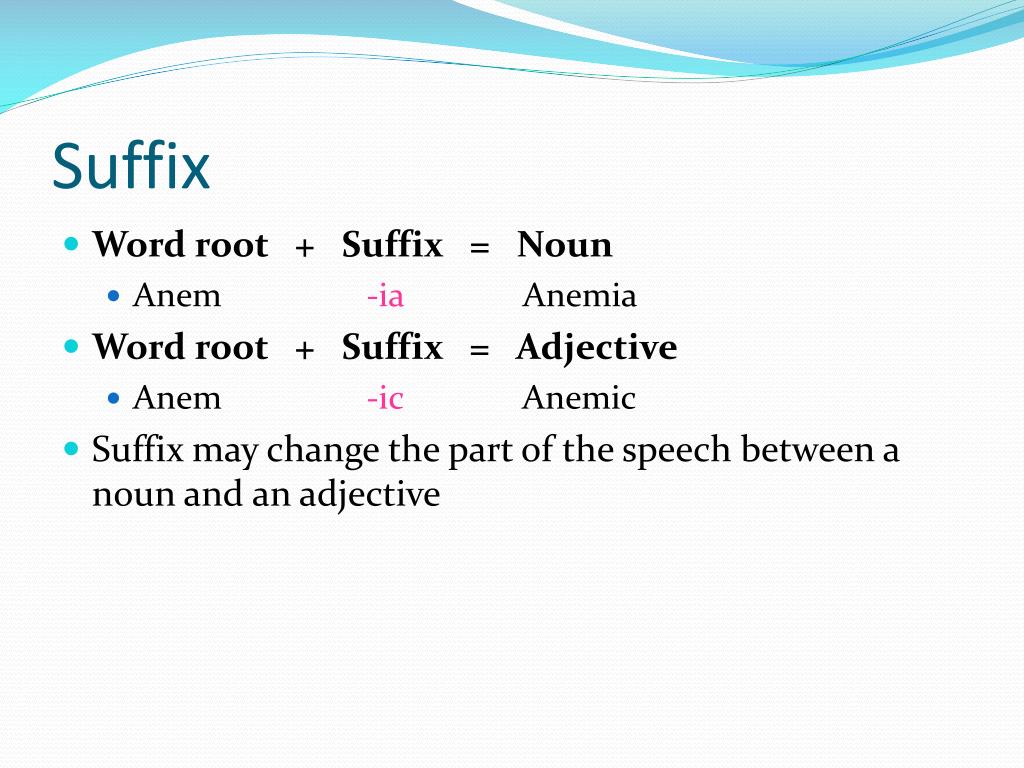

The total point count often makes the difference when it comes to qualifying for the records. To be included in the score, the point must be at least one inch long, and longer than it is wide at its base. Also watch for extra-long brow palms that protrude forward off the main palm like the blade on a hockey stick. With this in mind, look for wide palms that extend high above the moose’s head. Both measurements are taken along the underside, or back, of the antler. The palm width is measured at a right angle with the midpoint of the inner edge of the palm, while the palm length is measured parallel to the inner edge starting between points at the top of the antler down to the bottom of the brow palm. But it’s the closer details of each antler’s length, width, mass and number of points that generate much of the score. The overall spread can be very important, as a 60-inch rack will constitute close to 30 per cent of a minimum qualifying score. To qualify for the B&C records, moose antlers require a minimum score of 195, which is derived from four simple measurements: the greatest spread between the two antlers, the width and length of each palm, and the circumference of each beam. Sizing up mooseĪll mature moose seem huge, but there are several key characteristics to look for if you want to bag a trophy bull. We’ve all seen photos of deer with good mass-the weight immediately catches your eye. Look for a thick main beam that stands out and catches a lot of light. The mass of the antlers, which can provide 20 to 25 per cent of the total score, is often hard to judge. When you see a trophy-class buck, you usually know it right away-the antlers will look extremely tall above the ears, with the tines lined up like pickets in a fence. The tines must also be evenly matched, measuring a minimum of 10 inches in length, starting with the first point after the brow on each antler. Since the tips of a mature buck’s ears are about 18 inches apart, look for a spread that reaches beyond the ears.Īs for the number of points, it’s rare for a deer to make the record book with fewer than four on each antler, along with the tip of the main beam.

When a buck is viewed in profile, you can tell if it has a long main beam if the tip extends to the end of the deer’s nose.Ī wide spread between antlers also indicates long beams, with a trophy-calibre deer requiring an outside spread of at least 20 inches. Main beam lengths are a huge consideration-they can provide 30 per cent of the overall 170-inch minimum score needed to qualify for the B&C record books. But how can you quickly tell if a buck is a keeper before you squeeze the trigger? Scores are then determined for both the right and left antlers to generate an overall gross score, with the differences in measurements between the two antlers deducted to come up with a final score. The total number of tines and their lengths are also taken into account, while the overall mass is determined by measuring the circumference of each main beam between the points, and between the burr and the first point. To score typical whitetail antlers, measurements include the inside spread between the main beams, the length of the main beams, the distance between the tips of the main beams and the widest outside distance between the antlers (see diagram). To field judge your own trophy whitetail or moose, here’s how the B&C system can help you determine if you have a wall-hanger in your sights. And most provinces have an official record keeper and scoring scheme based on the B&C system.įor assessing antlers, B&C looks at a combination of mass and length measurements, as well as the symmetry between the left and right antlers (unlike B&C, Safari Club International and Buckmasters don’t take away points for a lack of symmetry or balance).

The Pope and Young Club, which recognizes trophies taken with a bow and arrow, also uses B&C criteria for determining net scores. In fact, it’s become the standard, or base, for several record keepers, including the Longhunter Society, which collects and maintains records for trophies harvested with a muzzleloader. That was 120 years ago-North America’s big game have largely since recovered-but sportsmen still use the B&C scoring system for antlers, horns and skulls.


 0 kommentar(er)
0 kommentar(er)
